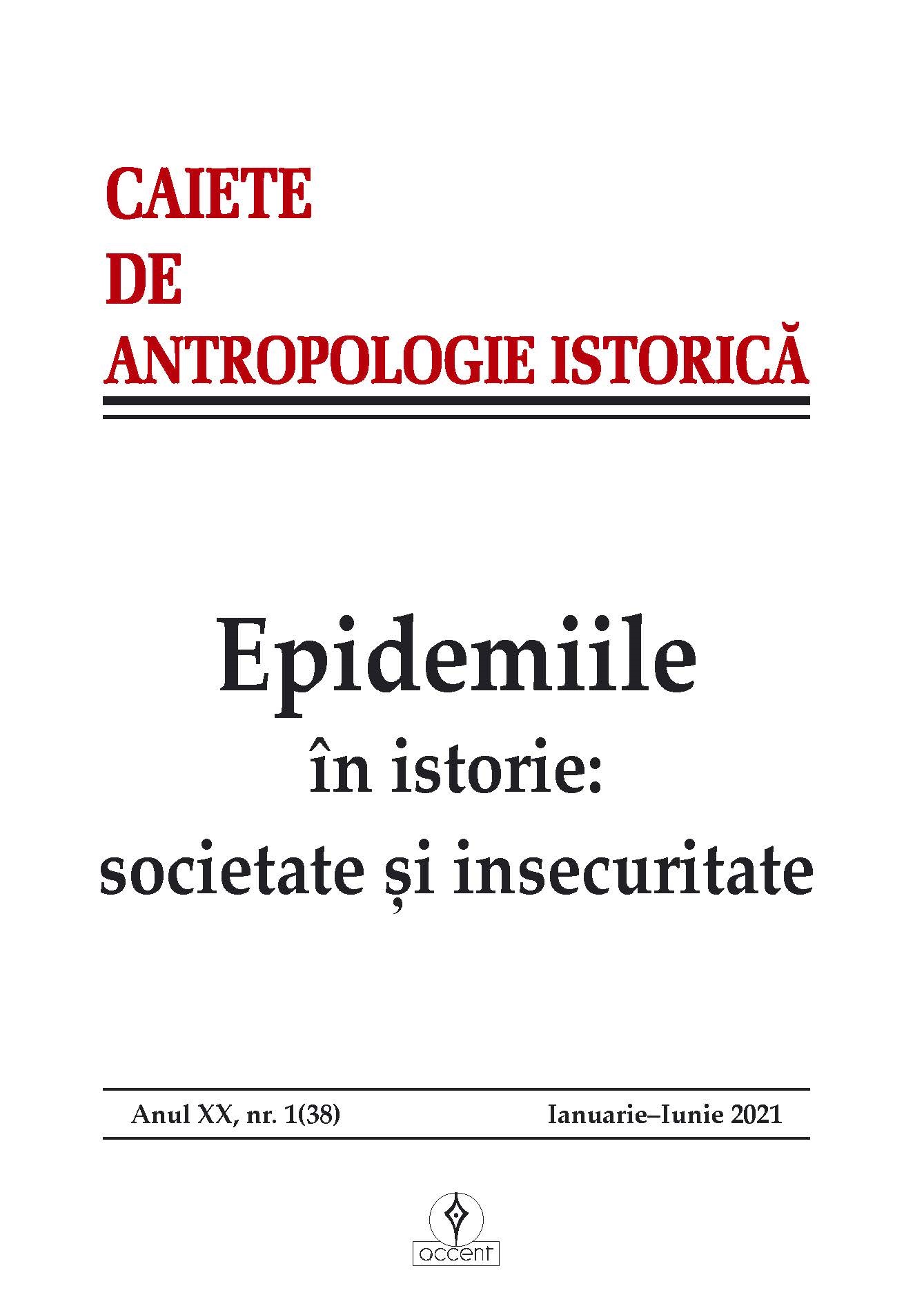Maladiile și epidemiile în perspectivă istorică
Diseases and epidemics in historical perspective
Author(s): Alexandru-Florin PlatonSubject(s): History, Social history, Middle Ages, Modern Age, Health and medicine and law
Published by: Accent Publisher
Keywords: disease; epidemic; black plague; epidemic mortality; social violence;
Summary/Abstract: Diseases and their contagious forms, epidemics and pandemics, are not easy to study due to the precariousness of historical sources and terminology that increase the difficulty of identifying them. These “everyday structures” (Fernand Braudel) have traversed all times and all geographical spaces. In addition to their age-specific intensity, historians have found some interesting constants. The first refers to the fact that diseases and epidemics evolve, change and disappear, depending on the ecological, epidemiological, demographic, food, etc. conditions from every age. Secondly, they spread on the most populated and busiest routes. Third, their succession follows an unchanged rule so far: a strong bacillus infects rapidly, especially the population without immune defense. The result of the contagion is torturous death in a relatively short time. During the great epidemics there were states of fear, panic and social disorder, reflected in various iconographic representations and literary writings. Equally, the duration and virulence of contagious diseases were conditioned by the level of medical science of the time. Before the discovery of bacterial theory, medieval and modern medicine were intensely concerned with the causality of diseases and epidemics. Of all the epidemics that have affected European societies over time, the 14th century plague was the most destructive. In all three variants that have been identified (“orientalis” – the most widespread –, “medievalia”, which is believed to have been at the origin of the great epidemic of the mid-fourteenth century, and “antiqua”) , the plague bacterium showed an unusual resistance, being able to maintain its virulence for several years. In its pulmonary version (whose clinical specificity was demonstrated, with the “bubonic” hypostasis, at the end of the 19th century by Alexandre Yersin and Paul-Louis Simond), it destroyed a large part of the population in the West. Also, the social consequences of the plague were devastating due to the disintegration of the communities and the overwhelming number of victims.
Journal: Caiete de Antropologie Istorică
- Issue Year: 2021
- Issue No: 38
- Page Range: 21-33
- Page Count: 13
- Language: Romanian

